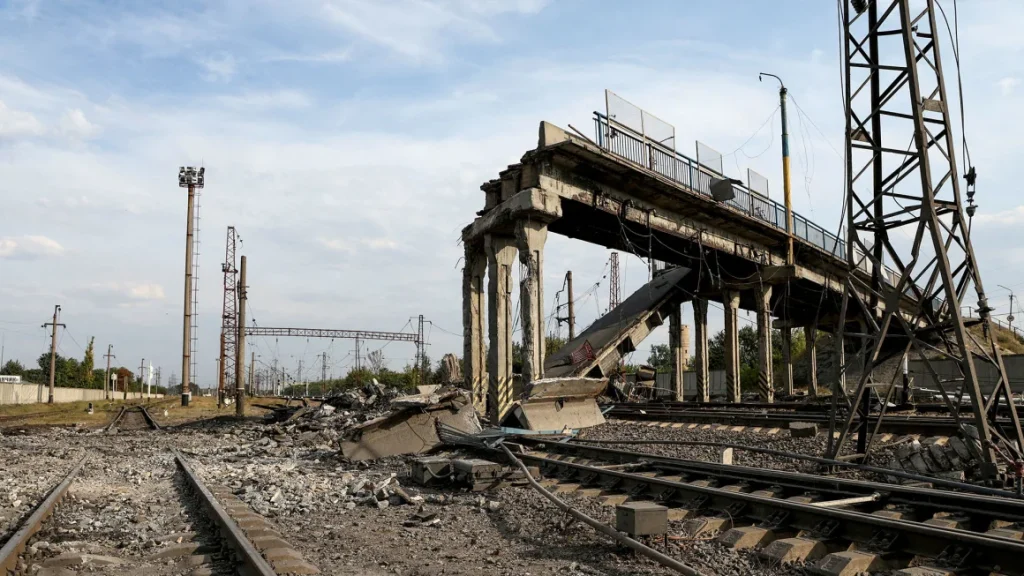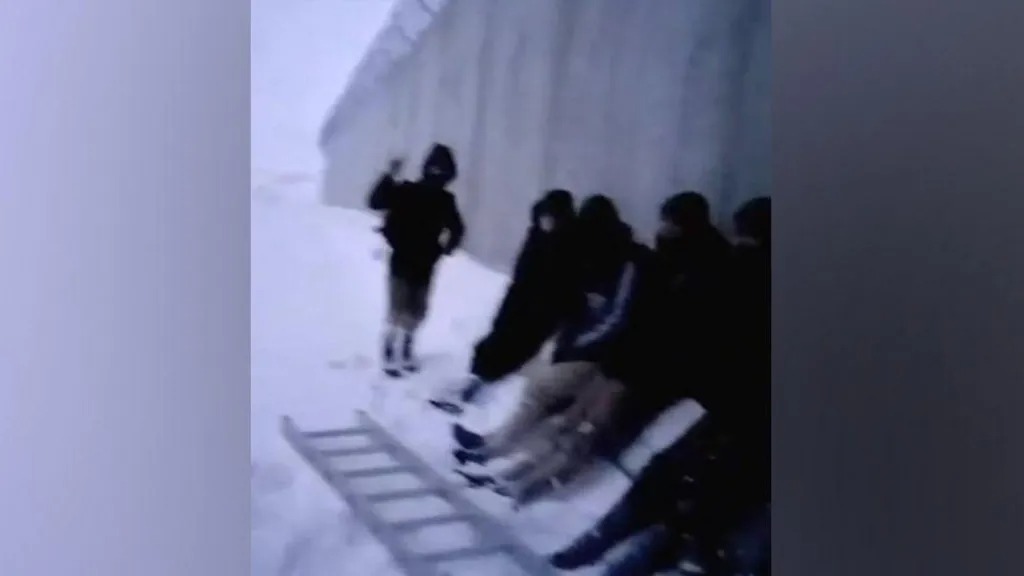
Russian Forces Advance on Selydove Town: Key Developments in Eastern Ukraine
Russia has escalated its offensive in Ukraine, with its forces advancing on the town of Selydove in eastern Ukraine’s Donetsk region. According to recent frontline reports, Russian troops have incrementally moved towards Selydove over the past few weeks, a strategic area once used as a defensive point by Ukraine to resist further advances toward Pokrovsk. The capture of Selydove would mark a significant gain in Russia’s eastward push.
Selydove’s Strategic Importance for Russia’s Campaign
Securing Selydove represents a critical tactical advantage for Russian forces as they continue their push through eastern Ukraine. Situated southeast of Pokrovsk, Selydove previously served as a strategic defense post for Ukraine. Its capture not only boosts Russia’s territorial control in Donetsk but also provides a crucial foothold for Russian advances toward Pokrovsk and beyond. According to Vitaliy Milovidov, a spokesman for Ukraine’s national guard, Russia has utilized additional troop reserves from Pokrovsk’s northern frontline section to escalate pressure on Selydove, signaling the strategic importance Russia places on capturing and retaining this town.
Russian authorities have further solidified claims over Selydove, releasing video footage on Tuesday showing troops raising the Russian flag in the town. The footage, broadcast by Russian state media TASS, underscores Russia’s intent to use Selydove as a critical stronghold in the region. Importantly, Milovidov noted that Russian forces have minimized infrastructure damage in Selydove, likely intending to repurpose the town as a future base for troops and equipment.
Impact of Selydove’s Fall on Ukraine’s Defensive Strategy
The loss of Selydove poses challenges for Ukraine’s eastern defensive strategy. Ukrainian national guard forces in Selydove had reportedly endured heavy, multi-directional attacks over the past week. This relentless assault suggests Russia’s commitment to establishing a stronger presence in Donetsk, which could exert significant pressure on Ukrainian forces and potentially weaken defensive positions in nearby cities like Pokrovsk. However, Ukrainian authorities have not officially responded to Russia’s claims of Selydove’s capture, leaving uncertainty about the current status of the town.
Aerial Assaults Escalate Across Ukraine
In addition to advancing on Selydove, Russia has intensified aerial assaults across Ukraine. Overnight into Tuesday, Russian strikes hit major cities, including Kharkiv, Kryvyi Rih, and Kyiv. Tragically, at least nine Ukrainian civilians were killed, with 46 others injured. In Odesa, a Russian missile launched from the Black Sea led to the death of a 71-year-old civilian as debris fell following an intercepted strike. The attacks reflect a broader strategy of maintaining offensive pressure across Ukraine’s key urban centers, not limited to Selydove alone.
Among the targets, Kharkiv sustained heavy damage. Russian bombs destroyed sections of the iconic Derzhprom building, a cultural landmark celebrated for its modernist architecture, marking a significant cultural loss for Ukraine. The targeting of urban landmarks alongside military objectives demonstrates Russia’s intent to weaken both Ukraine’s infrastructure and morale.
Future Implications of the Conflict in Selydove
The capture of Selydove highlights the ongoing intensity of Russia’s eastward offensive in Ukraine and the strategic maneuvers aimed at solidifying its hold on the Donetsk region. With minimal infrastructure destruction, Russian forces may leverage Selydove as a base to support further military operations in eastern Ukraine. The situation also illustrates the resilience of Ukrainian forces defending eastern territories, facing continuous assaults from a larger military power.
As the conflict develops, the strategic importance of regions like Selydove may continue to grow, emphasizing the protracted nature of the Ukraine conflict and its widespread humanitarian impact.
For more updates on the conflict and its impact on regional stability, refer to KenKou-Land and BBC’s coverage.





